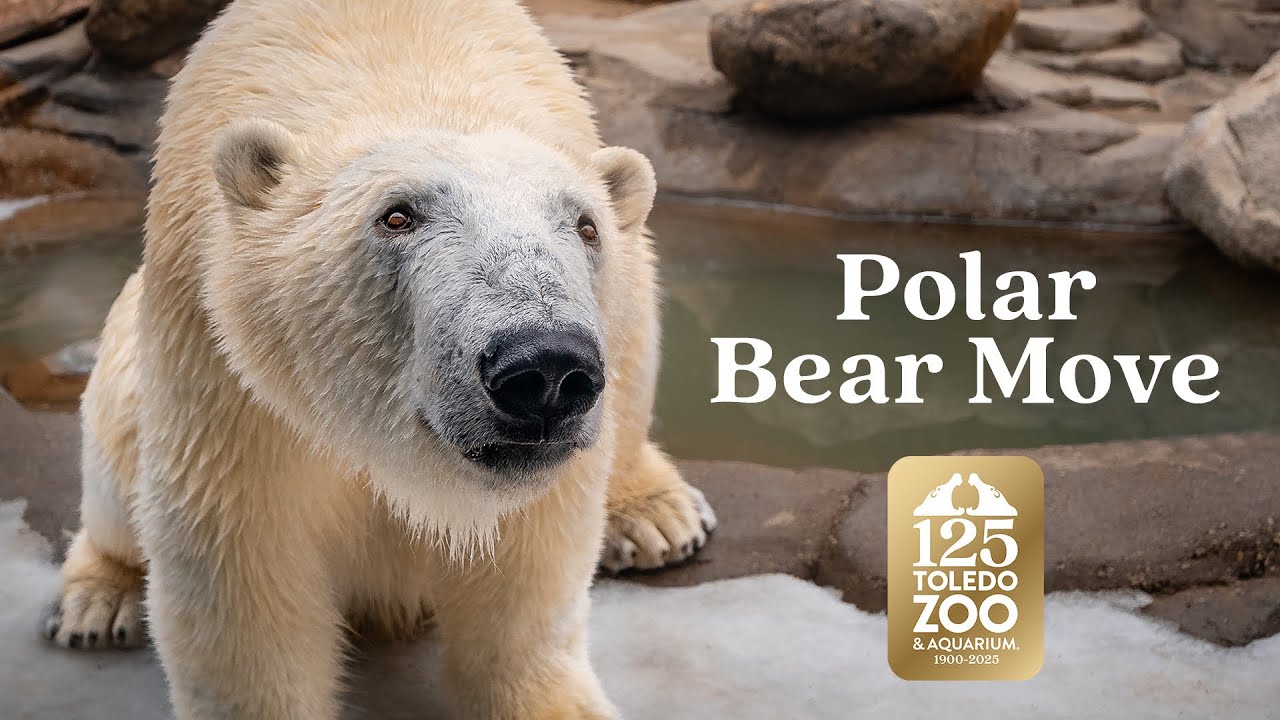- Comprehensive planning and coordination involved in polar bear transport.
- Safety measures and techniques used to ensure the well-being of polar bears during transit.
- Role of collaboration between Toledo Zoo and conservation organizations.
- Importance of polar bear conservation and public education.
- Challenges and achievements faced during the transport process.
Transporting polar bears is a task that requires intricate planning, precise execution, and a deep commitment to the well-being of these majestic animals. The Toledo Zoo has recently undertaken such a monumental task, moving their polar bears to a new location. This article delves into the details of the polar bear transport, from the groundwork laid out to the crucial steps taken to safeguard the animals’ safety and health.
The logistical aspects of polar bear transport begin long before the actual move. It involves an extensive planning phase characterized by detailed strategizing and collaboration between various experts in animal care, logistics, and veterinary medicine. Each component of the transport is carefully considered, from crate design to transport vehicle selection. These elements are as scientific as they are practical, ensuring that the needs of the animals are met effectively. Considering the size and strength of polar bears, custom crates that provide both comfort and security are essential. The crates must allow for easy loading and unloading, while simultaneously preventing stress or injury to the bears. Engineers and animal care staff work closely to design these structures, ensuring they meet all transport regulations and animal welfare standards.
During the transport process, the welfare of the polar bears is prioritized through numerous safety measures. Each bear is accompanied by a team of experienced veterinarians and animal care professionals who monitor their health and stress levels throughout the journey. Regular stops are planned to allow staff to physically check on the animals and administer any necessary medical care. The environmental conditions within the transport vehicles are maintained meticulously—temperature, humidity, and noise levels are controlled to replicate the bear’s natural habitat as closely as possible. Adequate ventilation and cushioning inside the crates prevent overheating and reduce stress caused by vibrations and movement.
Collaboration with wildlife conservation organizations plays a pivotal role in the success of such transport missions. By aligning with these groups, the Toledo Zoo gains access to a wealth of resources and expertise, which facilitate smoother operations and heightened awareness about polar bear conservation. Conservation organizations offer vital support through research, funding, and advocacy, helping to elevate the public understanding of the importance of protecting these animals. This partnership reinforces global conservation efforts, raising awareness about the threats facing polar bears, such as climate change and habitat loss.
Public education is a substantial component intertwined with the zoo’s transport efforts. By spotlighting the challenges and accomplishments of the polar bear move, the Toledo Zoo educates the public about the species and their plight in the wild. Interactive workshops, social media campaigns, and onsite educational displays convey the narrative of the transport, emphasizing its role in broader conservation strategies. Engaging with the community in these ways helps to foster a connection between humans and wildlife, encouraging support for conservation initiatives and inspiring the next generation of environmental stewards.
The challenges encountered in polar bear transport are notable but not insurmountable. Weather conditions, unforeseen delays, and logistical hiccups can pose potential setbacks, demanding flexibility and quick problem-solving skills from the team. Each successful transport showcases the resilience and dedication of everyone involved. The culmination of the transport process is marked by the safe arrival of the polar bears at their new habitat, a testament to the extensive efforts and cooperative spirit invested in the project.
The transport of polar bears by the Toledo Zoo is a compelling illustration of integrating zoological care, conservation efforts, and public education. This multifaceted approach highlights the importance of protecting vulnerable species and underscores the role that zoos play in wildlife conservation. The behind-the-scenes peek at the polar bear transport sheds light on the rigorous procedures that guard the future of these magnificent creatures, extending hope for a world where wildlife thrives alongside human society.
*****
Source Description
It takes a lot of care to move a bear (or three)! 🐻❄️🚛📍 Get an exclusive look into the preparation and nearly 1,000-mile road trip our dedicated team took to safely transport Kallik and Kallu to Saint Louis Zoo and bring Kali back to Toledo Zoo.
As part of a collaborative effort within the Association of Zoos and Aquariums (AZA), Crystal and Kali received an important breeding recommendation to potentially help bolster the genetic population within the AZA community.
Crystal’s annual exam indicated that she is very healthy and in great physical condition to possibly reproduce.
Since his arrival earlier this month, Kali has undergone a careful acclimation process while gradually being introduced to Crystal under the guidance of our expert animal care team.
We’re thrilled to share that initial introductions have been going extremely well, and our team will continue monitoring both bears’ physiological and psychological well-being.
Due to the Arctic Encounter exhibit undergoing maintenance, both bears will not be viewable until further notice.
We’ll continue to post updates about Crystal and Kali. Stay tuned!
https://www.toledozoo.org/
#toledozoo #toledoohio #polarbear


